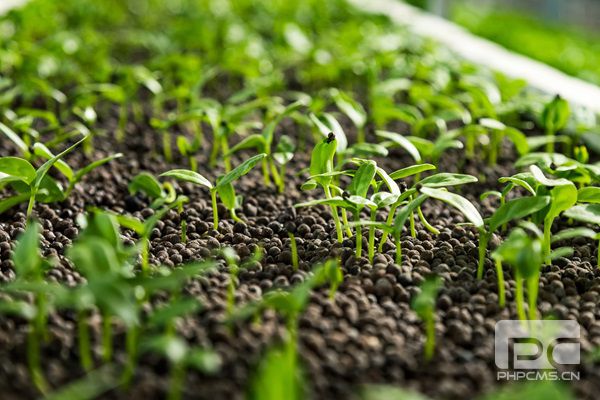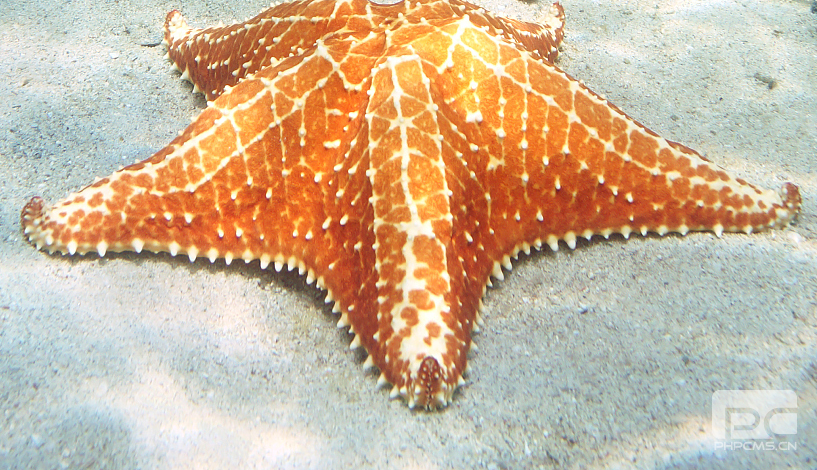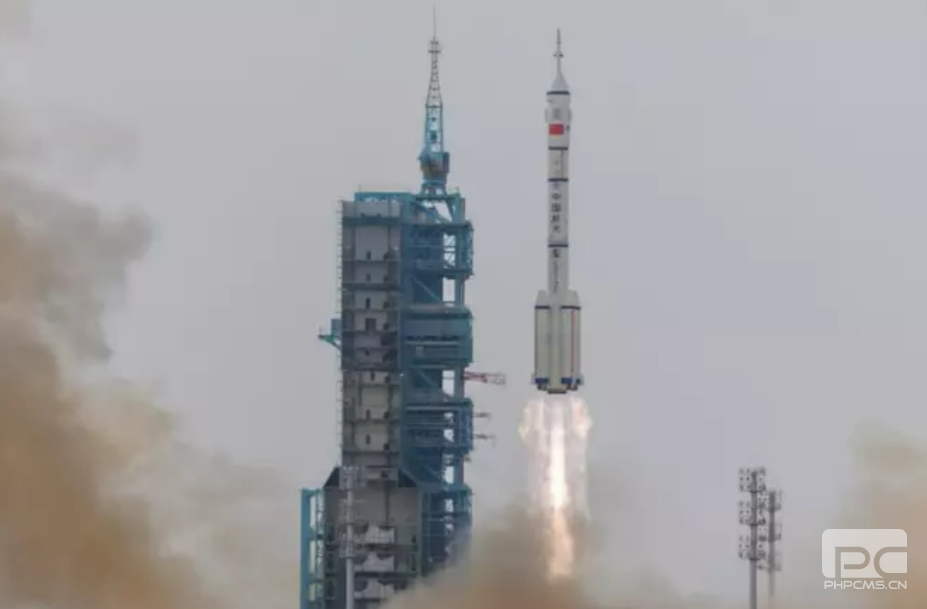November 10, 2023 - In a groundbreaking discovery that could transform the future of space exploration and lunar habitation, scientists have made significant strides in turning the barren lunar soil into fertile ground for agriculture. This advancement comes from a new study that explores the use of Earth microbes to unlock essential nutrients in the moon's soil, potentially paving the way for sustainable farming on the moon.
For years, the concept of lunar agriculture has been a challenging puzzle. The moon's soil, or lunar regolith, is notoriously inhospitable for plant growth, lacking in critical components such as carbon and nitrogen. However, recent research led by Yitong Xia from China Agricultural University has shown promising results in overcoming these challenges.
For years, the concept of lunar agriculture has been a challenging puzzle. The moon's soil, or lunar regolith, is notoriously inhospitable for plant growth, lacking in critical components such as carbon and nitrogen. However, recent research led by Yitong Xia from China Agricultural University has shown promising results in overcoming these challenges.

The study focused on the use of microbes to enhance the fertility of lunar soil. These microscopic life forms have played a crucial role in shaping Earth's own soil over billions of years. Xia and her team experimented with simulating lunar soil, using Chinese volcanic powder akin to samples from the Apollo 14 mission. Their experiments involved introducing five species of bacteria to the soil and observing their impact on phosphorus availability, a key nutrient for plant growth.
The results were nothing short of revolutionary. Three species of bacteria successfully transformed insoluble phosphorus into a form accessible to plants. In a controlled environment, plants grown in this microbe-enhanced lunar soil exhibited remarkable growth compared to those in untreated soil. These plants had longer stems and roots, heavier and broader leaf clusters, and showed increased levels of chlorophyll.
This breakthrough has significant implications for future lunar missions and the establishment of long-term bases on the moon. Current methods of sustaining life on the moon rely heavily on resources transported from Earth, a costly and logistically challenging endeavor. The ability to cultivate crops directly on the moon would not only provide a reliable food source for astronauts but also contribute to oxygen production and water purification.
Looking ahead, the research team aims to explore the synergy of these bacteria with other elements like algae and compost, potentially further enhancing the soil's fertility. As Xia notes, this method of in-situ resource utilization represents a more sustainable and economical approach to lunar colonization.
While the journey to turn the moon into a green haven is still in its infancy, these findings offer a glimmer of hope and a step towards self-sufficiency in the vast expanse of space.




Copyright © 2023.Yooke studio All rights reserved.
PKWEEKLY NEWS












